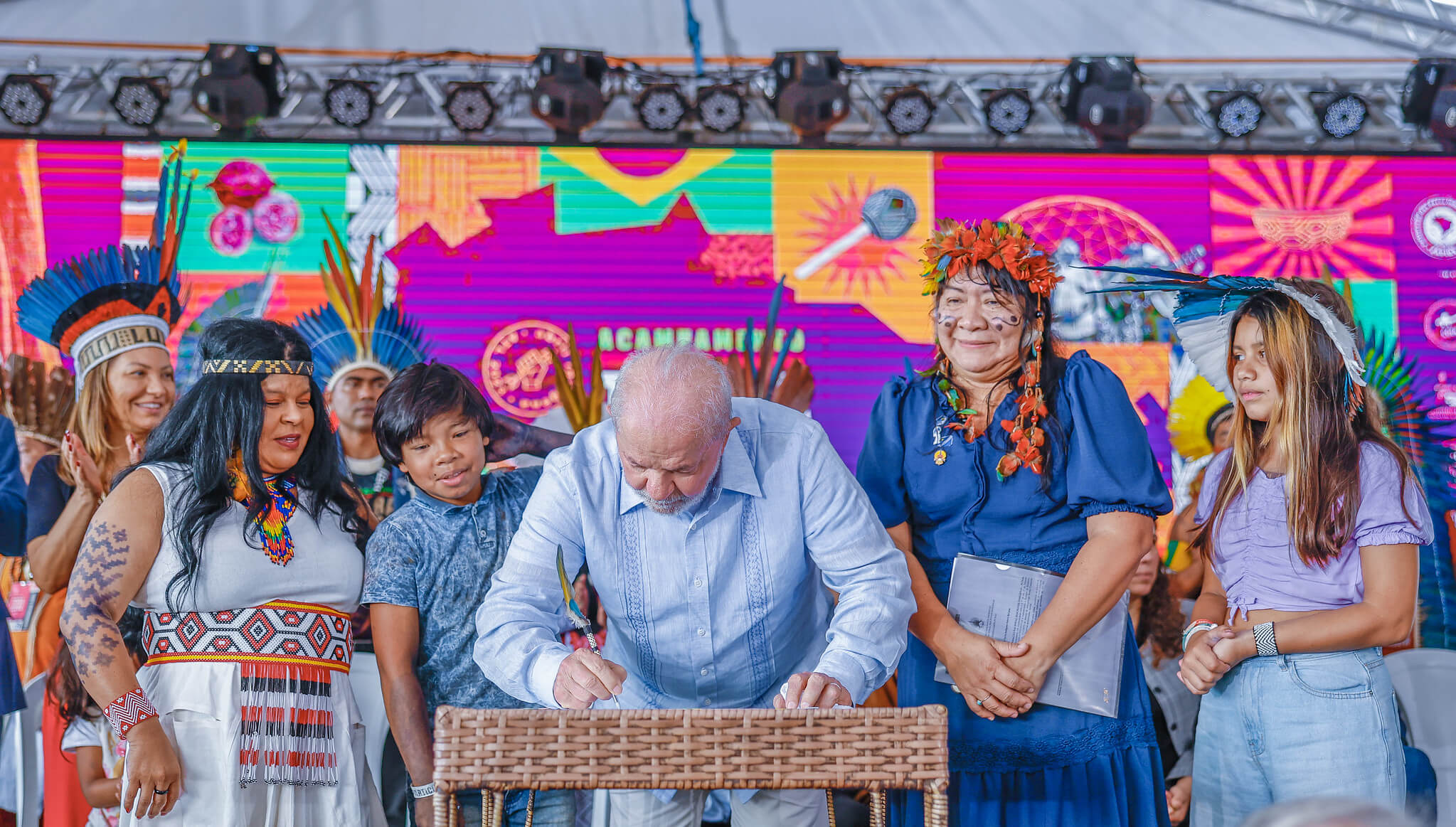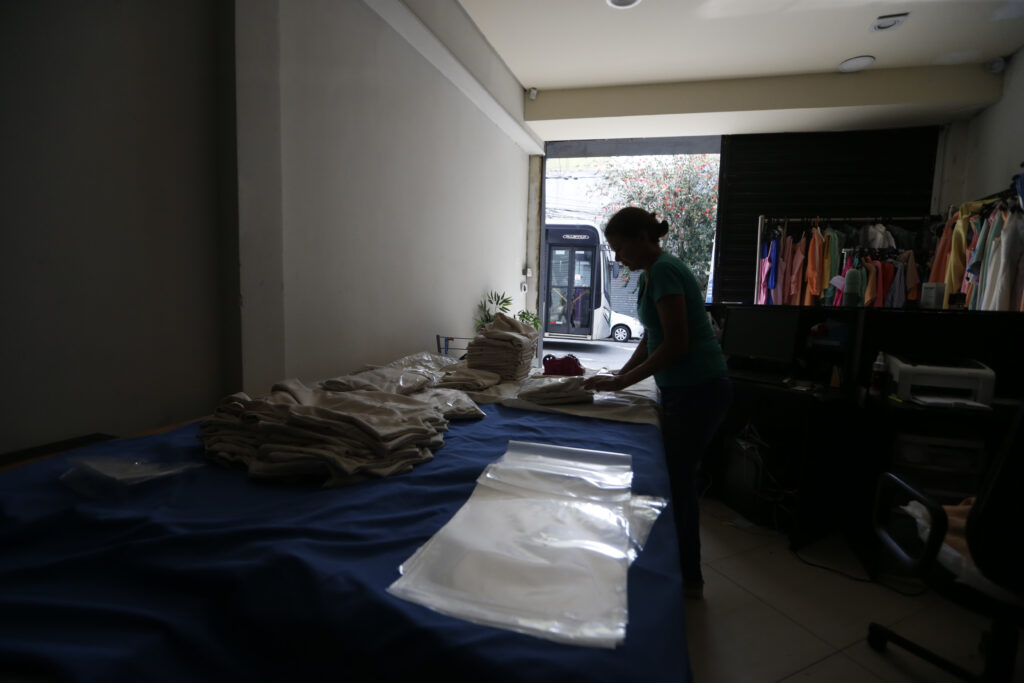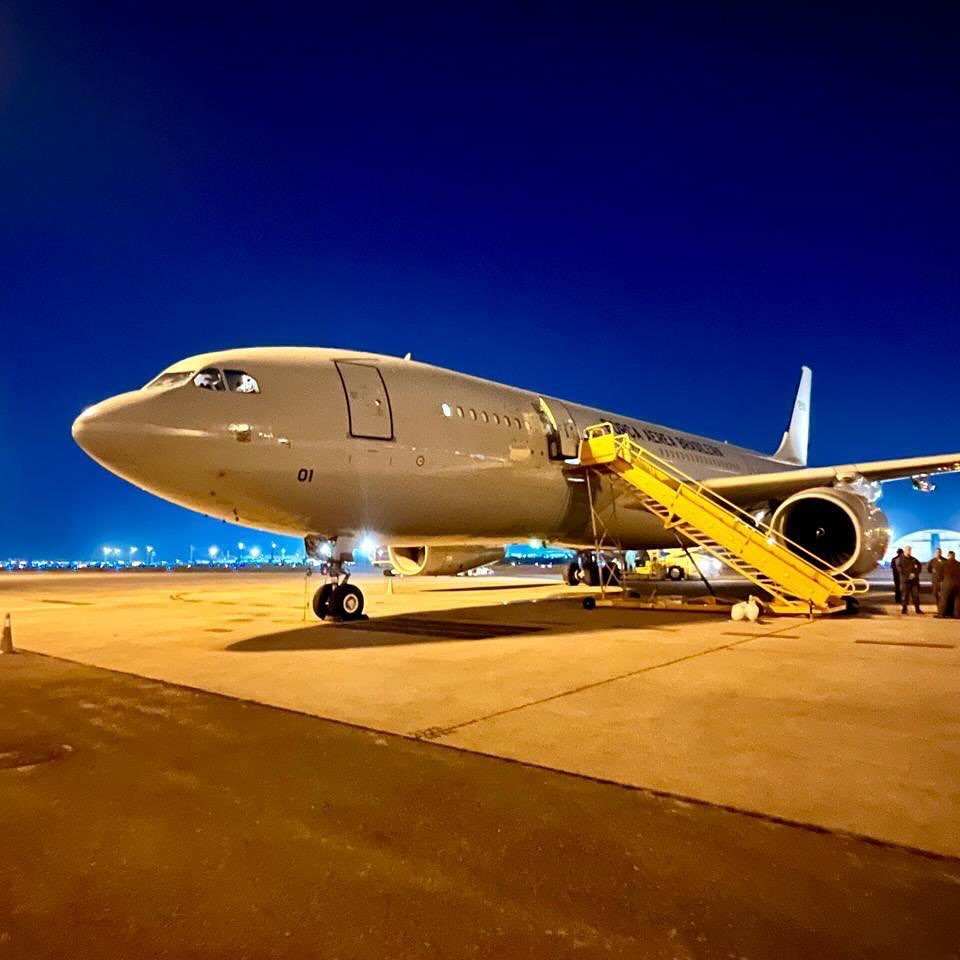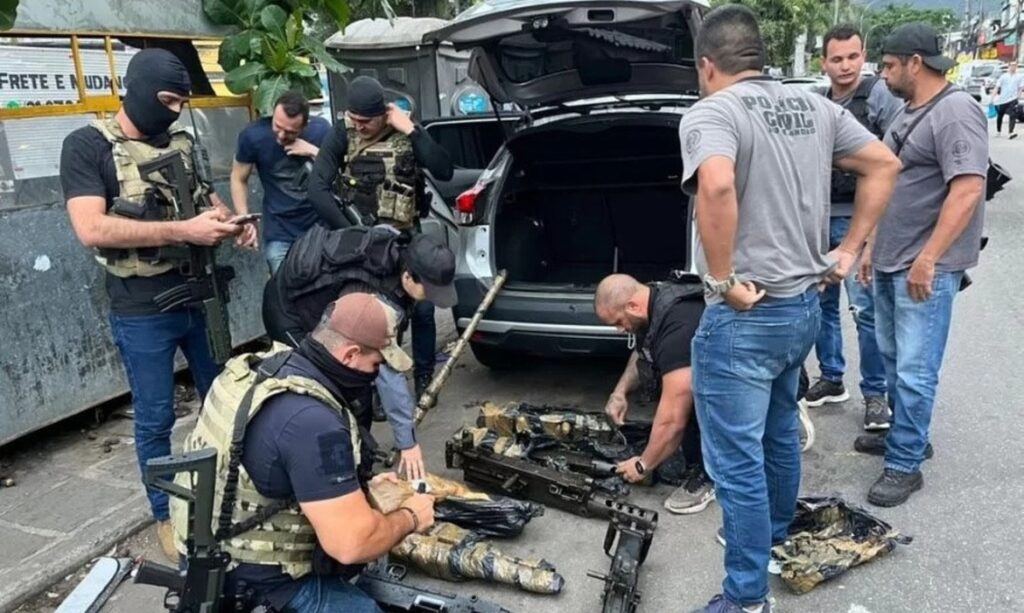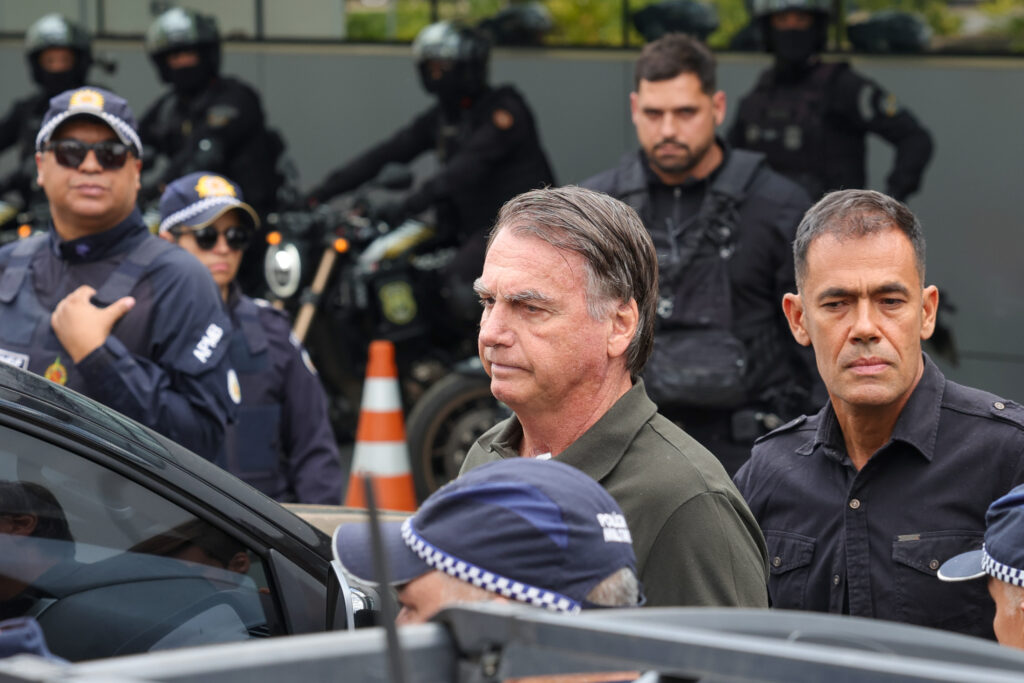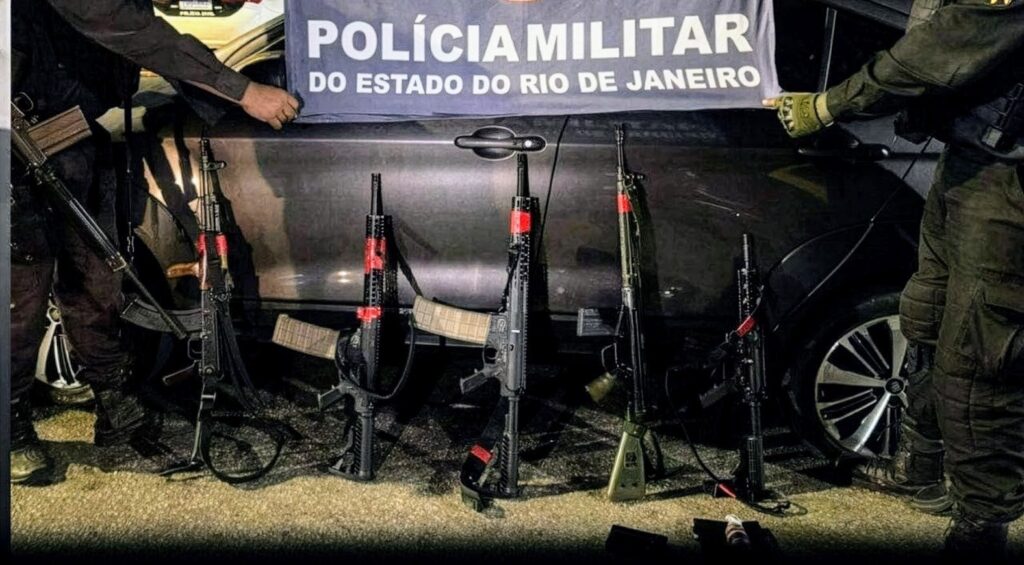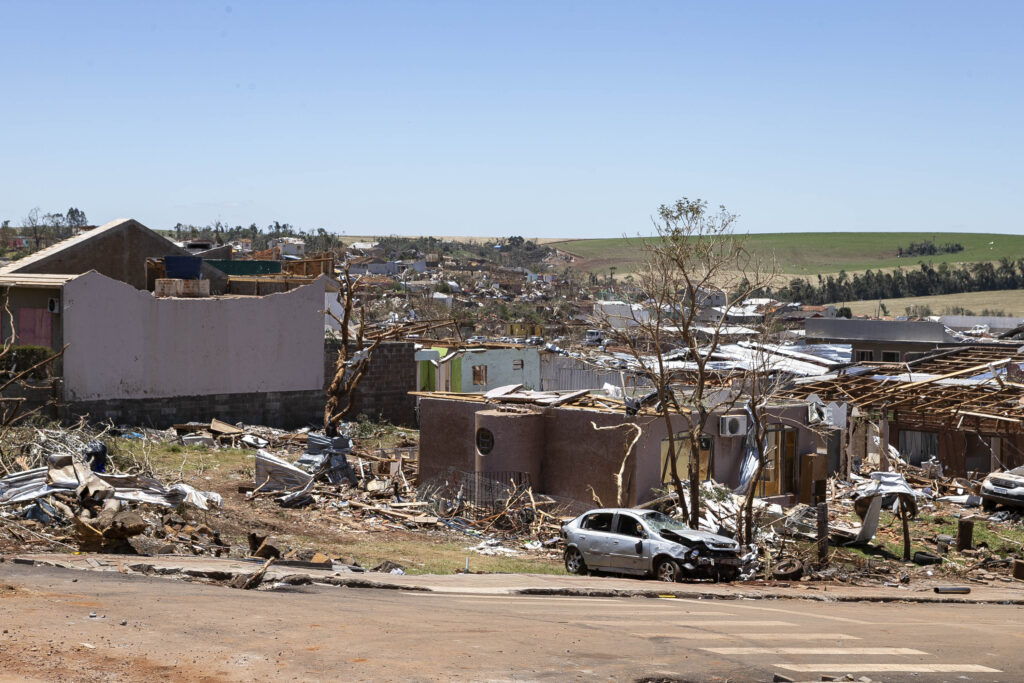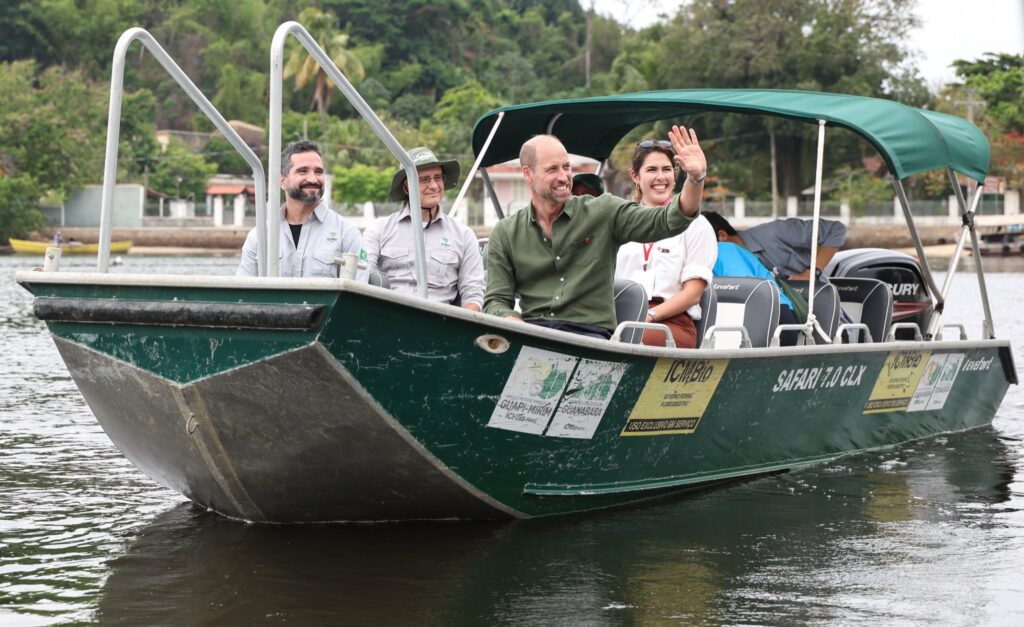São Paulo, Brazil – After a five-year moratorium on granting land rights to Indigenous peoples, Brazil’s government has officially demarcated six new Indigenous territories throughout the country.
Indigenous land demarcation is a process that guarantees the possession of the land and the exclusive use of its natural resources to the Indigenous peoples who live on it. During the presidency of Jair Bolsonaro, a proponent of exploiting land in Brazil for business interests, the demarcation process was halted entirely.
At a celebration held in the capital Brasília on April 28 that was attended by Indigenous community leaders, President Luiz Inácio Lula da Silva signed decrees ratifying the territories.
In total, Brazil has 733 Indigenous territories at different stages of the demarcation process, which together add up to 612,863.3 hectares (about 1.5 million acres). The most recent territories demarcated by Brazil are:
- Arara do Rio Amônia Indigenous Land, in the state of Acre, with a population of 434 people;
- Kariri-Xocó Indigenous Land, in the state of Alagoas, with a population of 2,300 people;
- Rio dos Índios Indigenous Land, in the state of Rio Grande do Sul, with a population of 143 people;
- Tremembé da Barra do Mundaú Indigenous Land, in the state of Ceará, with a population of 580 people;
- Uneiuxi Indigenous Land, in the state of Amazonas, with a population of 249 people;
- Avá-Canoeiro Indigenous Land, in the state of Goiás, with a population of nine people.
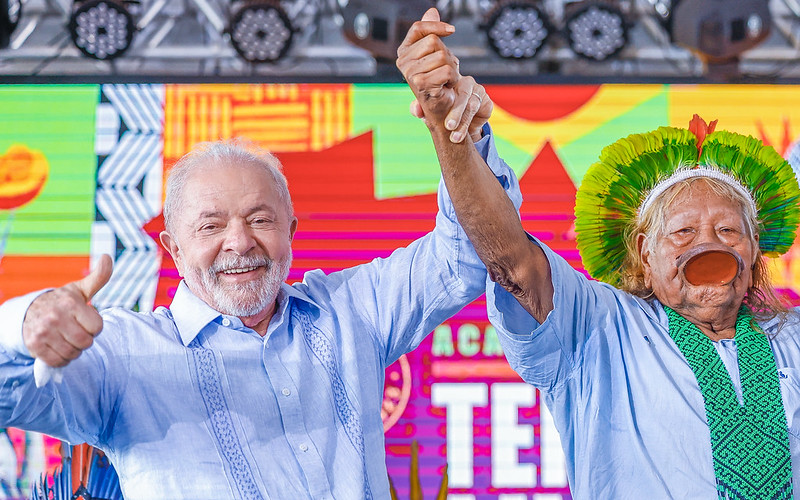
On his social media accounts, President Lula spoke of the importance of land demarcations.
For five years, Brazil had not carried out the demarcation of Indigenous Lands, with the last one being done in April 2018, when former President Michel Temer signed the decree creating the Baía do Guató Indigenous Land in the state of Mato Grosso.
During the four years (2019-2022) of Bolsonaro’s administration, he did not advance any Indigenous land demarcation processes and he spearheaded a number of policies that negatively impacted the environment and indigenous peoples including gutting the National Indian Foundation (Funai), the federal agency tasked with protecting indigenous peoples and demarcating their land.
Bolsonaro also slashed funding for environmental protection measures, a move that ostracized him from the international community, and summarily fired protectors of indigenous rights and the environment at agencies such as Funai and the Brazilian Institute of the Environment and Renewable Natural Resources (IBAMA).
Under his watch from 2019 to 2021, an area the size of the country of Belgium was destroyed in Brazil’s Amazon rainforest.
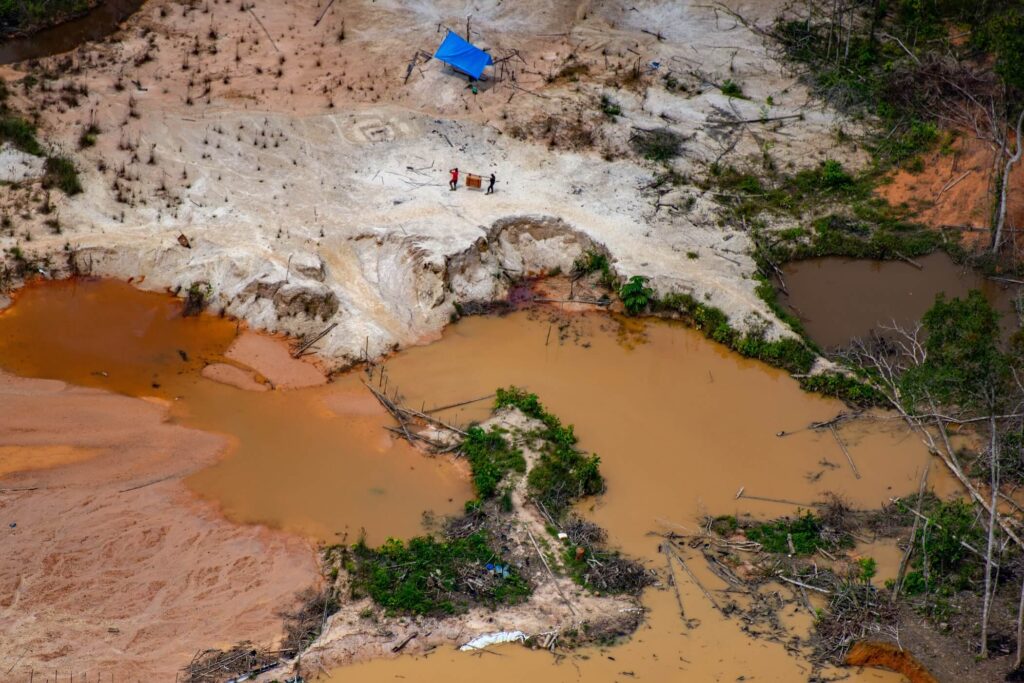
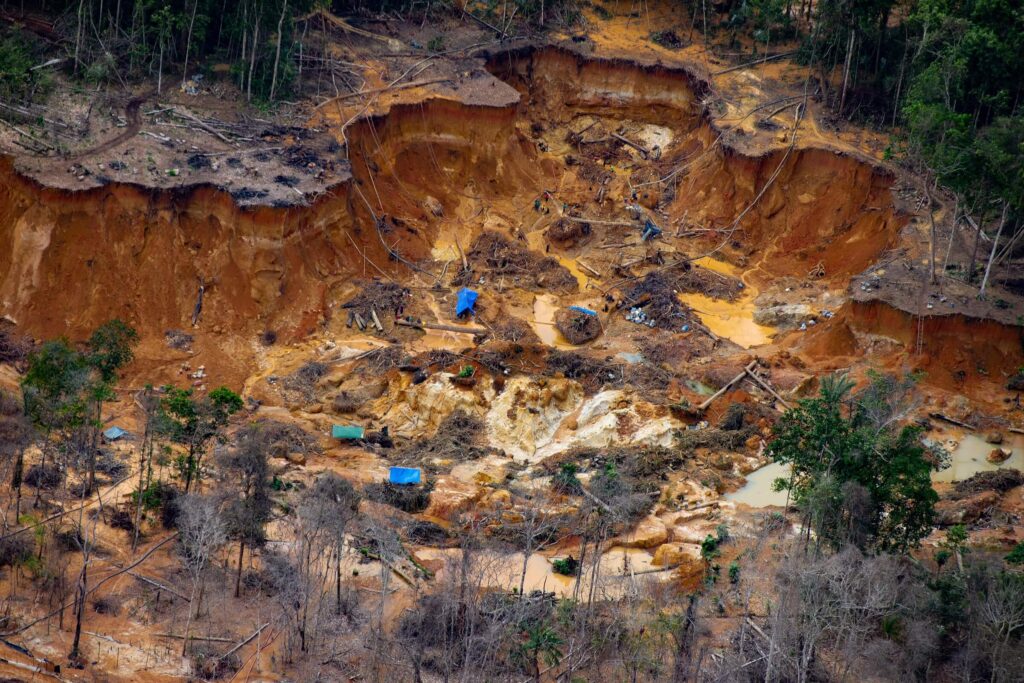
Demarcating Indigenous land helps to increase the security of the peoples who live on them, prohibiting access to the land by land grabbers and other outsiders, except for environmental and security teams.
The Avá-Canoeiro Indigenous Land, demarcated by Lula, is an example of the damage that the absence of the state can cause. Currently, the land is inhabited by only nine remaining individuals who survived successive attacks by farmers and gold miners that decimated the population in the 1960s and 1970s.
In 1969, about 100 members of the Avá-Canoeiro community were massacred in an attack carried out by a group of farmers. Only four individuals managed to survive the horrific episode and spent years living in hiding in caves until they were contacted by Funai teams that began offering protection to the people who were on the brink of extinction.
Today, there are only nine Avá-Canoeiro individuals left, but they now live on a land officially protected by the Brazilian state and the hope is that they will be able to regrow their population.


